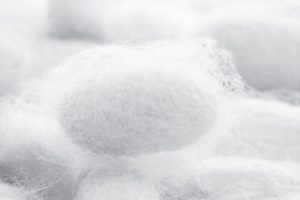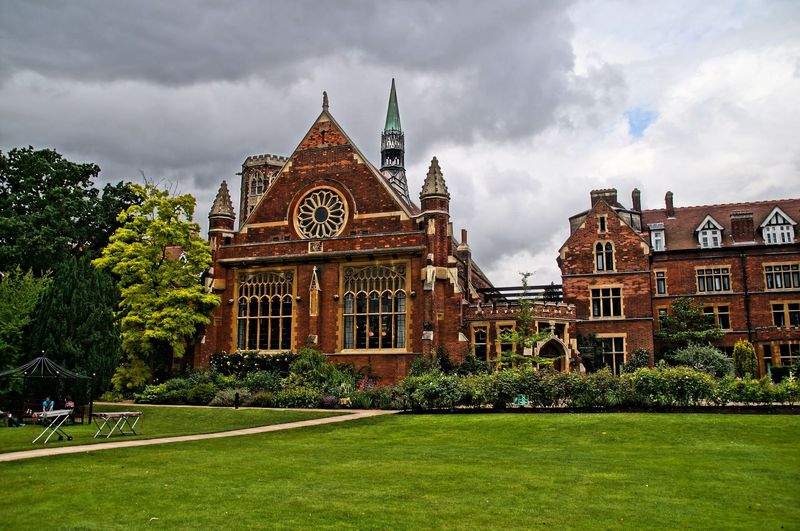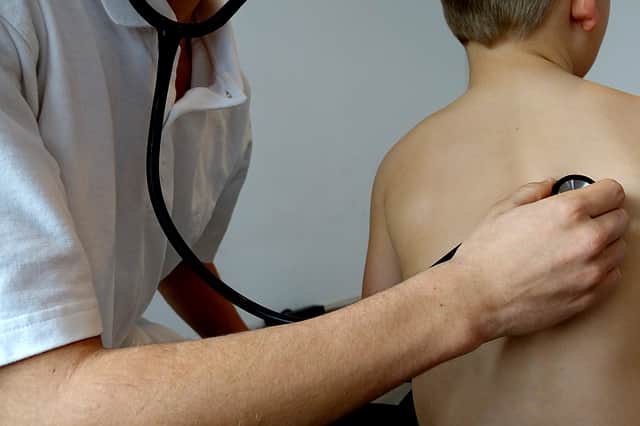 In Cambridge University an international team of scientists has created microscopic analogues of cocoons by the example of those spun by silkmoths. This is a significant event for medicine, pharmaceutics and food industry, because it makes it possible to protect molecular size materials supersensitive to environment.
In Cambridge University an international team of scientists has created microscopic analogues of cocoons by the example of those spun by silkmoths. This is a significant event for medicine, pharmaceutics and food industry, because it makes it possible to protect molecular size materials supersensitive to environment.
By means of these micrococoons it is possible to solve issues about implementation of useful and nutritious molecules in different compositions, including cosmetic or nutritional without being afraid of their destruction or degradation.
The size of cocoons is so small that is it almost impossible to notice them with the naked eye, or to determine their existence by feel, which really deserves admiration.
According to scientists this technique will find its place in pharmaceutics too, because it enables to increase the life cycle of antibodies and provide their stability. It also opens up new opportunities for treating lots of serious diseases, including neurodegenerative ones.
Researches were conducted under the supervision of Professor Thomas Nolesome and participated by scientists of Great Britain from Cambridge, Oxford and Sheffield, Switzerland – Institute of Technology in Zurich and Weizmann Institute of Science in Israel.[:ru] В Кембриджском университете международная команда учёных создала микроскопические аналоги коконов по примеру тех, что плетут шелкопряды. Это значимое событие для медицины, фармацевтики и сферы питания, так как позволяет защищать сверхчувствительные к среде материалы размера молекул.
В Кембриджском университете международная команда учёных создала микроскопические аналоги коконов по примеру тех, что плетут шелкопряды. Это значимое событие для медицины, фармацевтики и сферы питания, так как позволяет защищать сверхчувствительные к среде материалы размера молекул.
С помощью этих микрококонов можно решить проблемы внедрения полезных и питательных молекул в различные составы, в том числе косметические или пищевые, не боясь их разрушения или деградации.
Величина созданных коконов настолько мала, что невооруженным глазом их попросту не обнаружить, а также не определить их наличие на ощупь, что действительно заслуживает восхищения изобретением.
Эта же технология, по мнению учёных, найдёт своё место и в фармацевтике, так как позволяет увеличить жизненный цикл антител и обеспечить их стабильность. В свою очередь это открывает новые перспективы в лечении множества тяжелых заболеваний, в том числе и нейродегенеративных.
Исследования проводились под руководством профессора Туомаса Ноулсома, и принимали в нём участие учёные Великобритании из Кембриджа, Оксфорда и Шеффилда, Швейцарии из технологического института в Цюрихе и израильского института науки им. Вейцмана.


 kudapostupat
kudapostupat














 109074
109074 




















